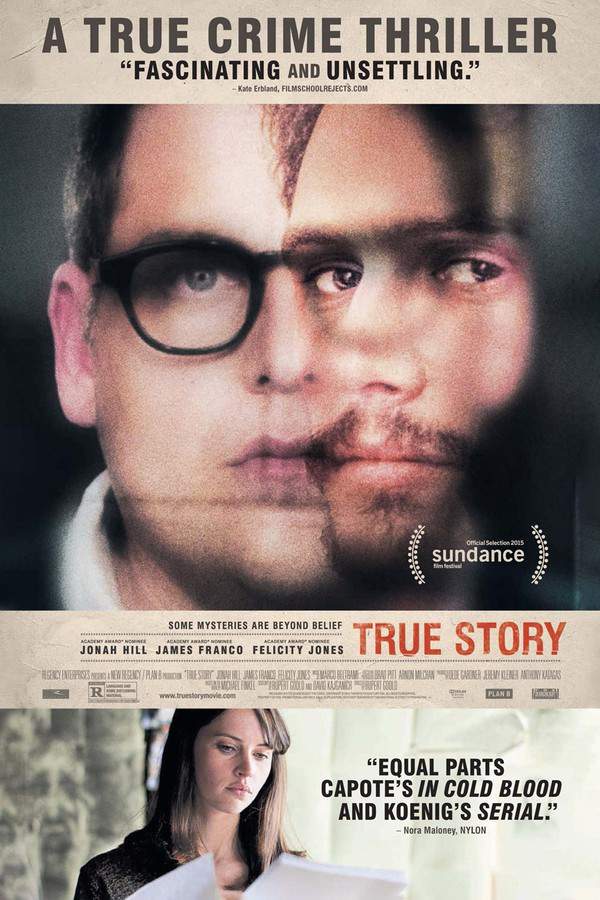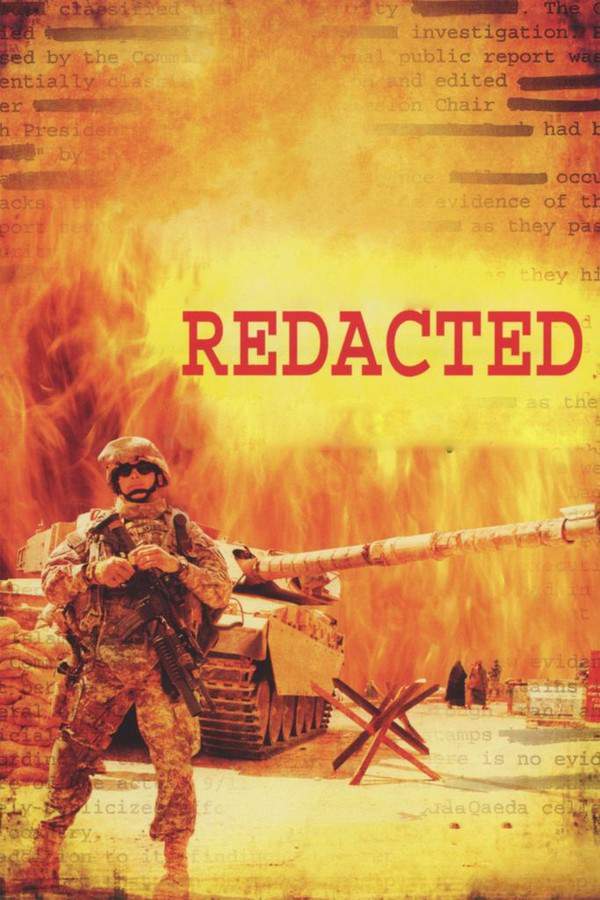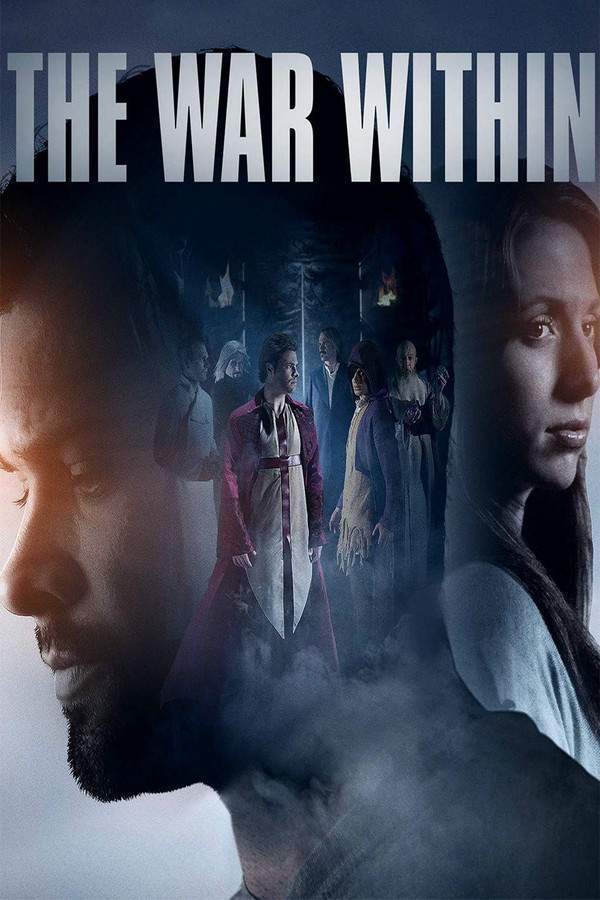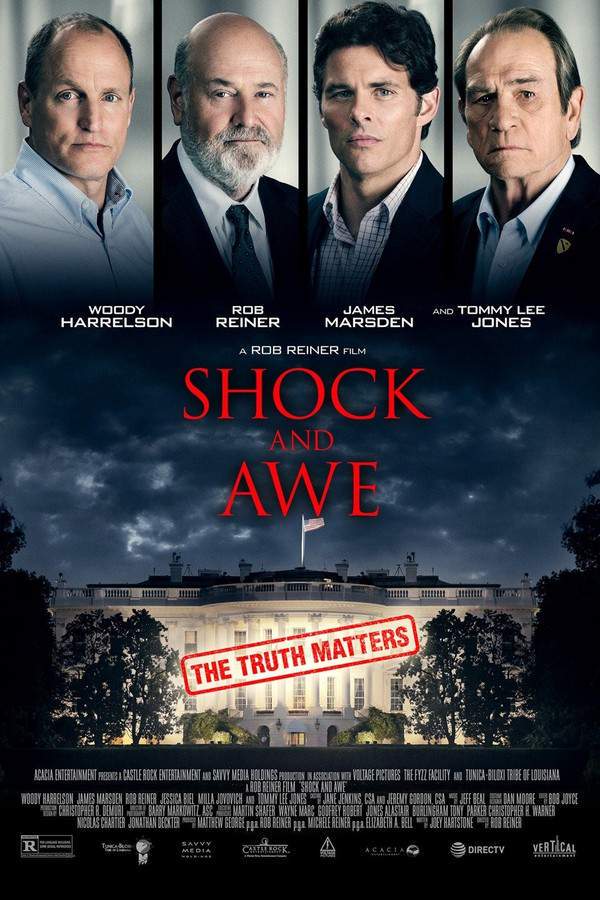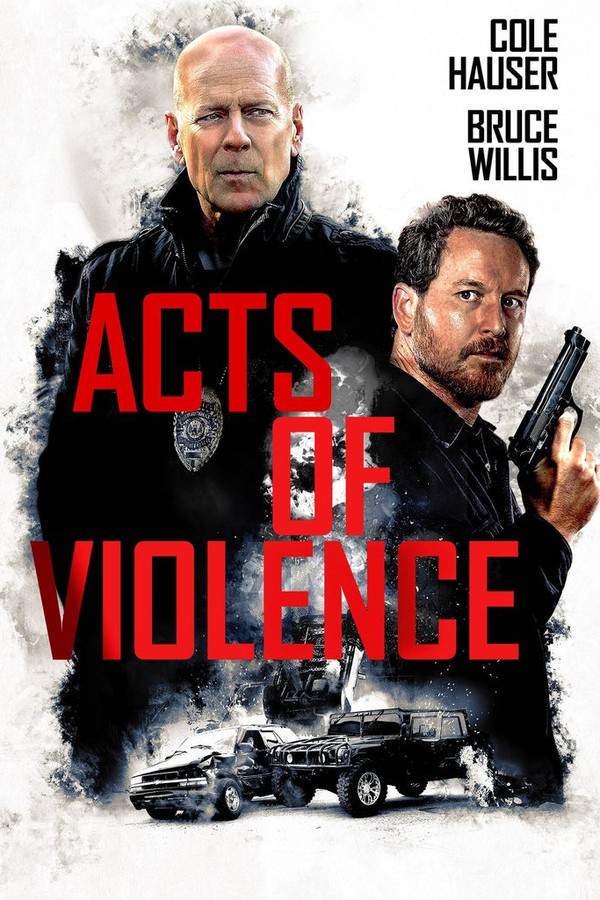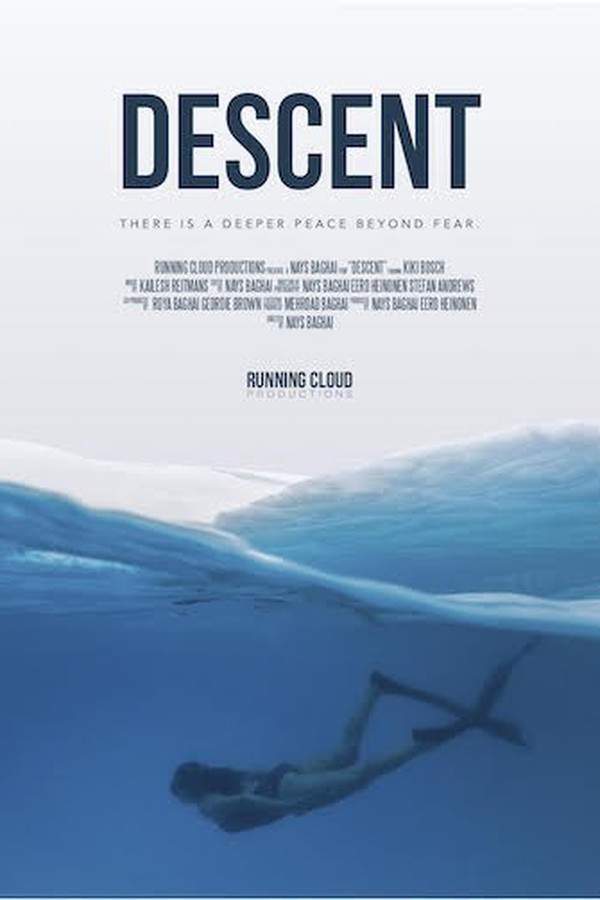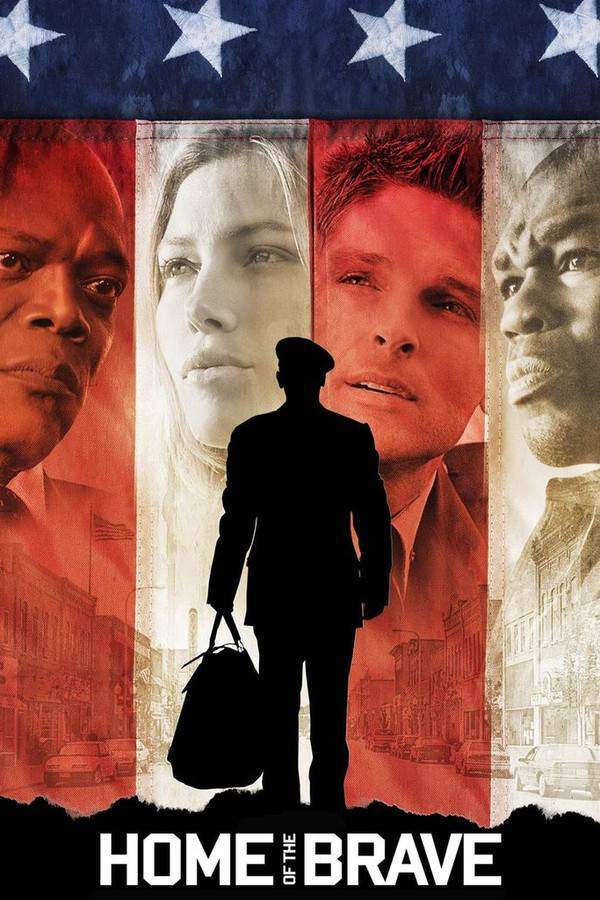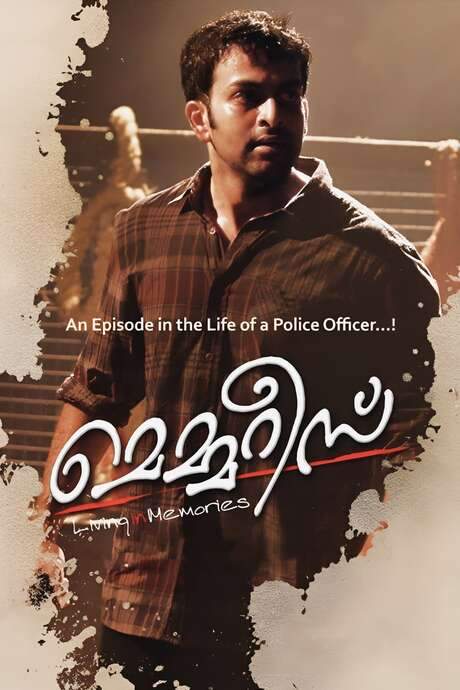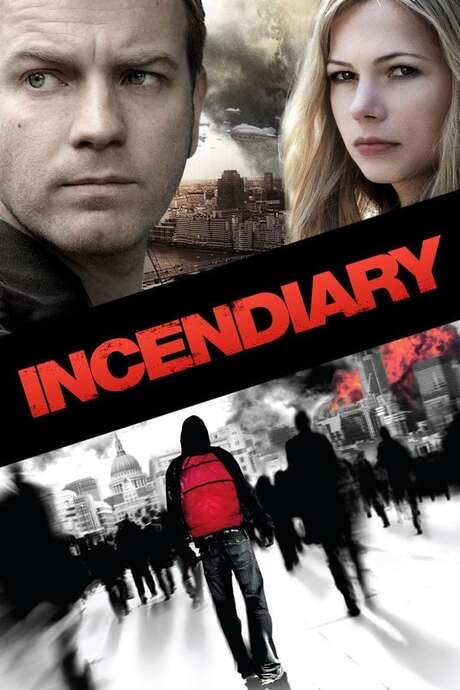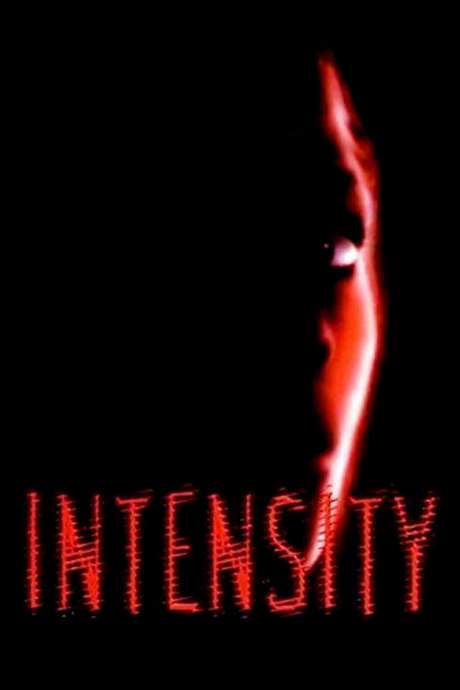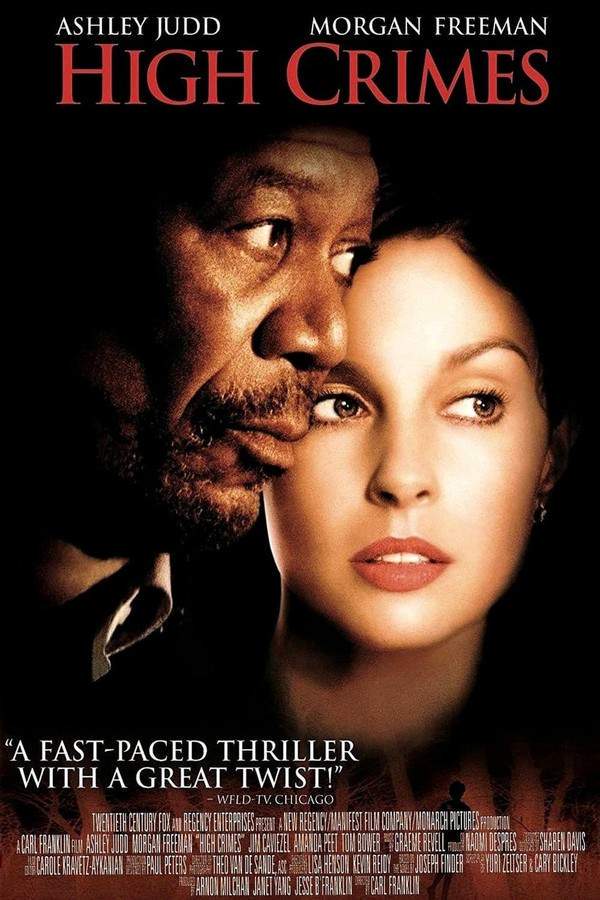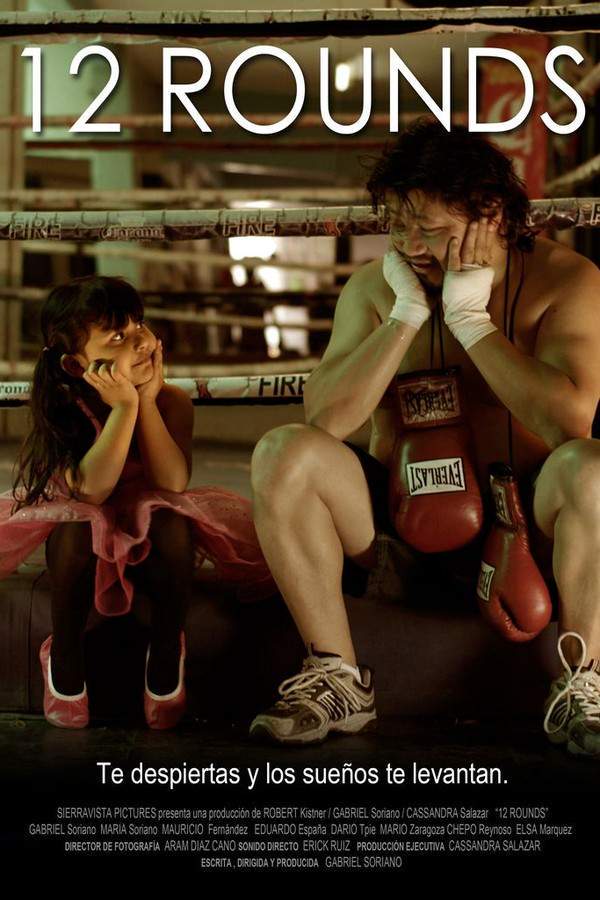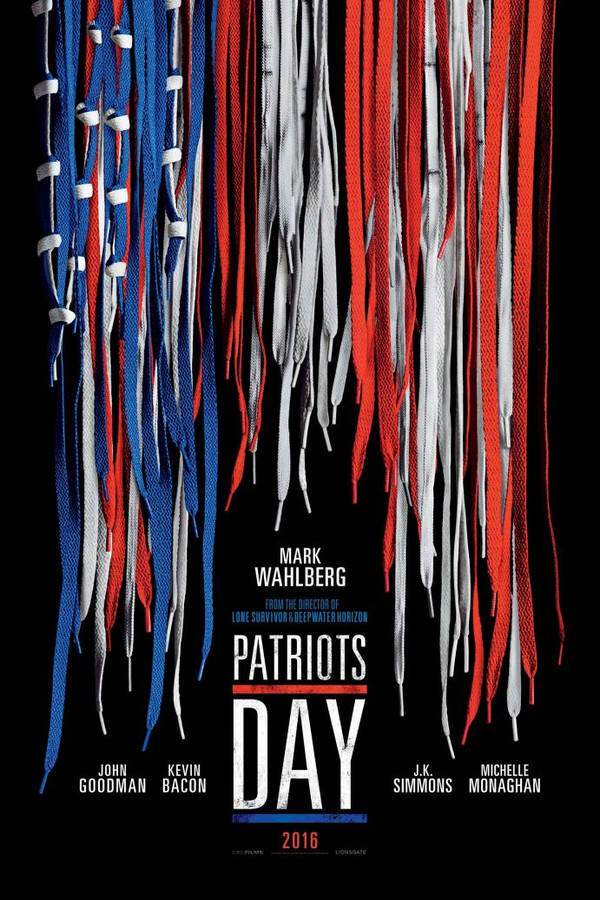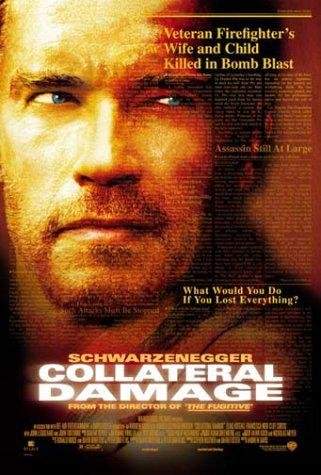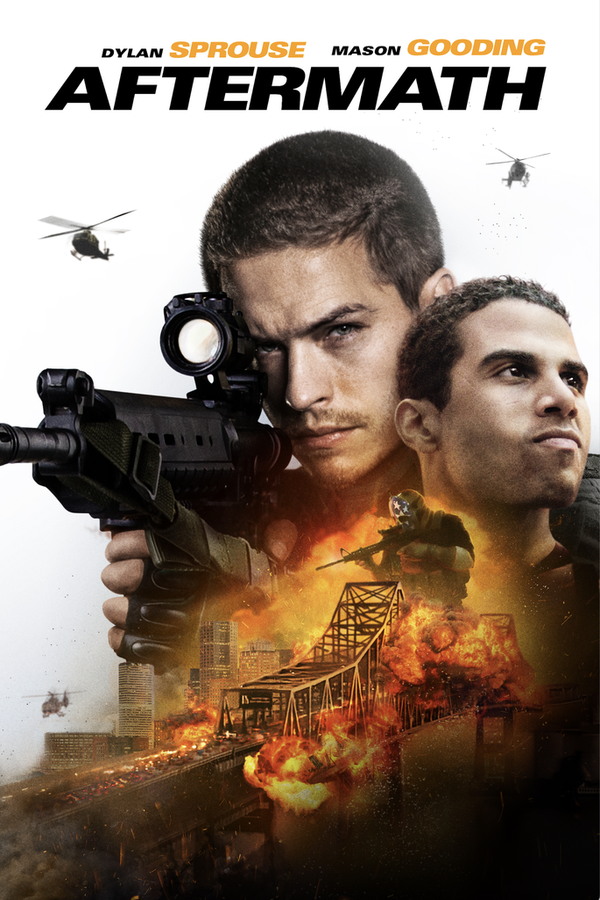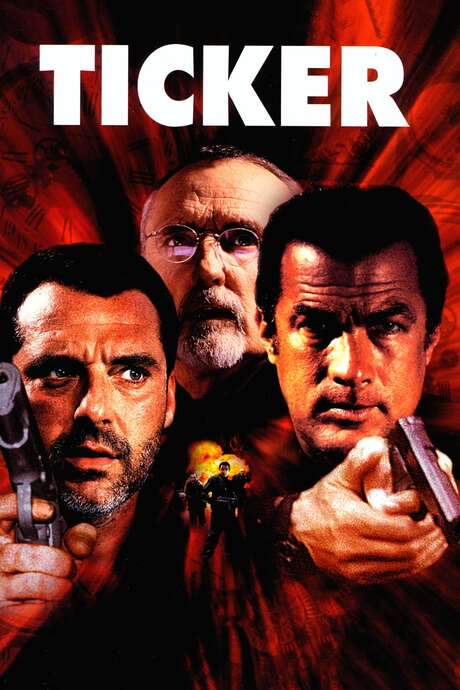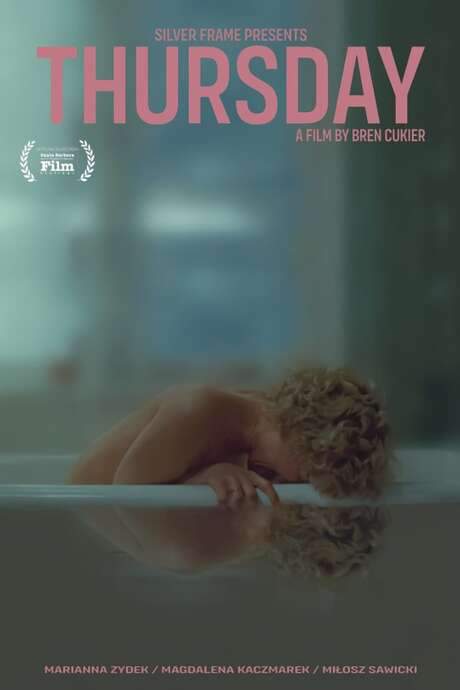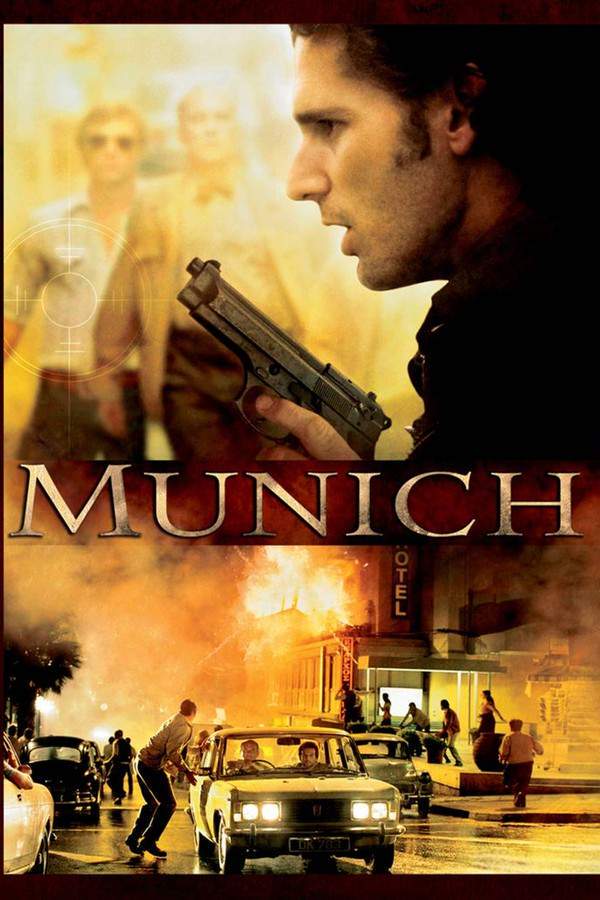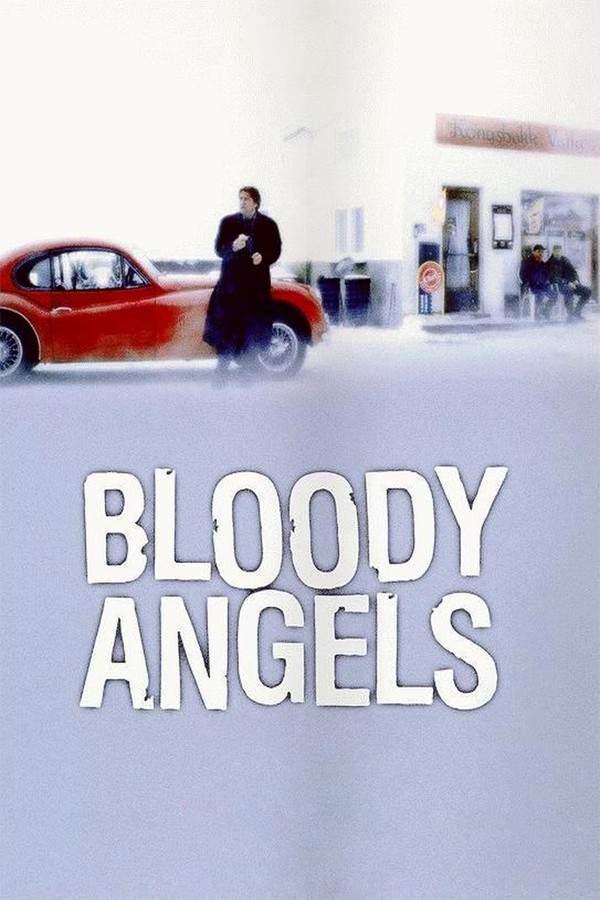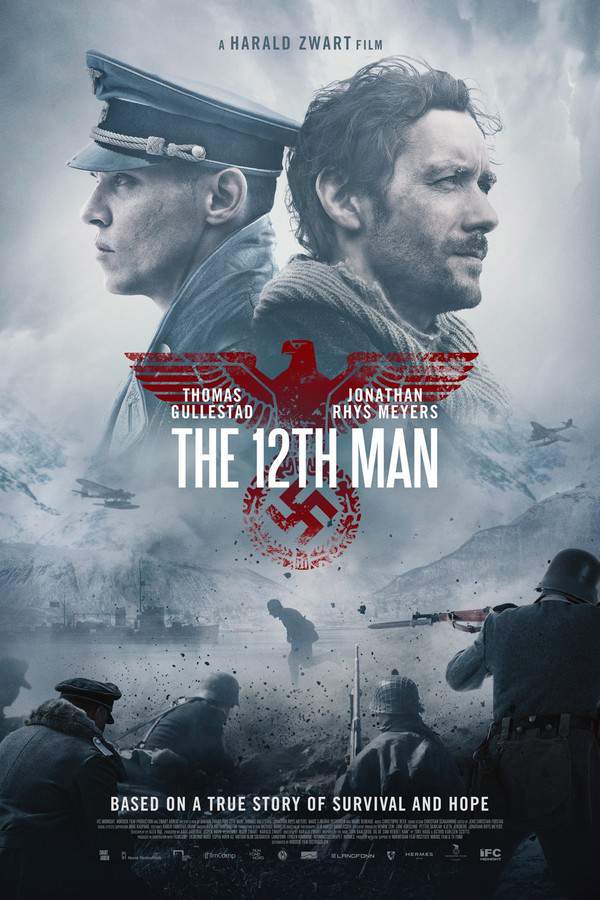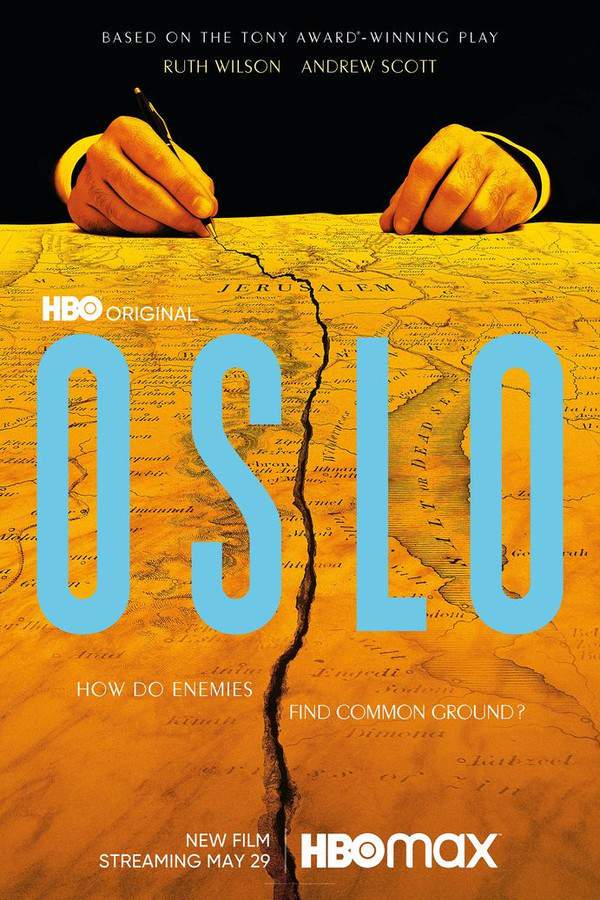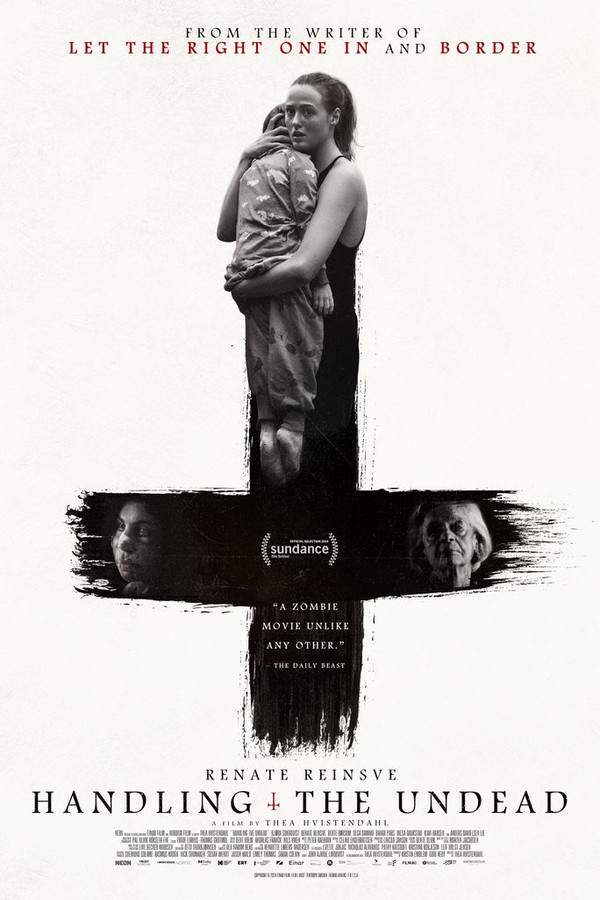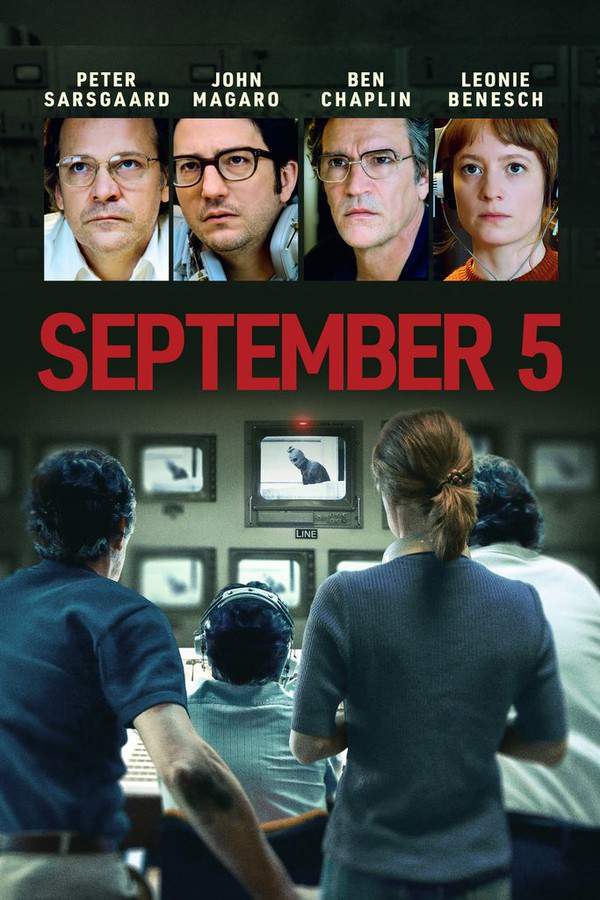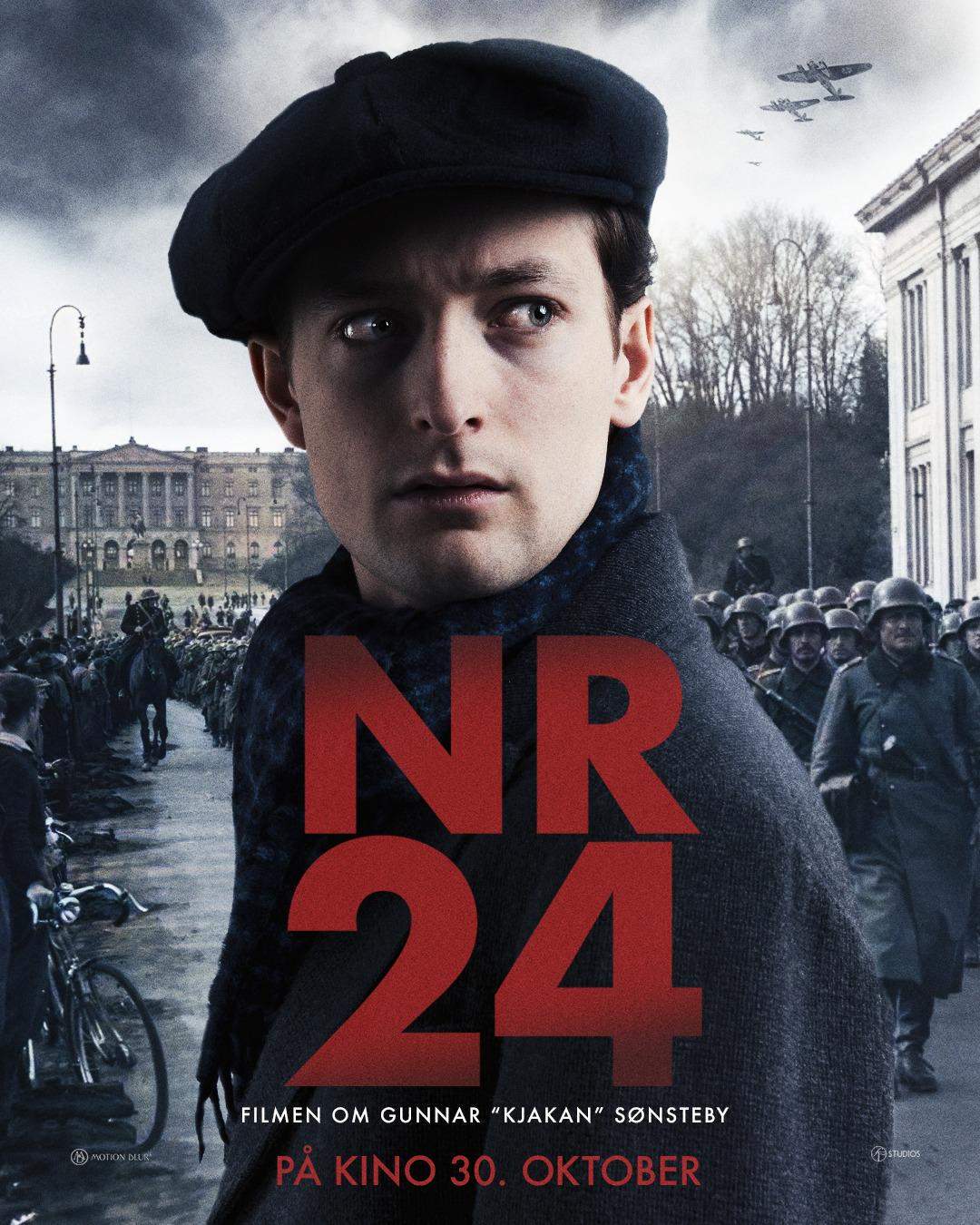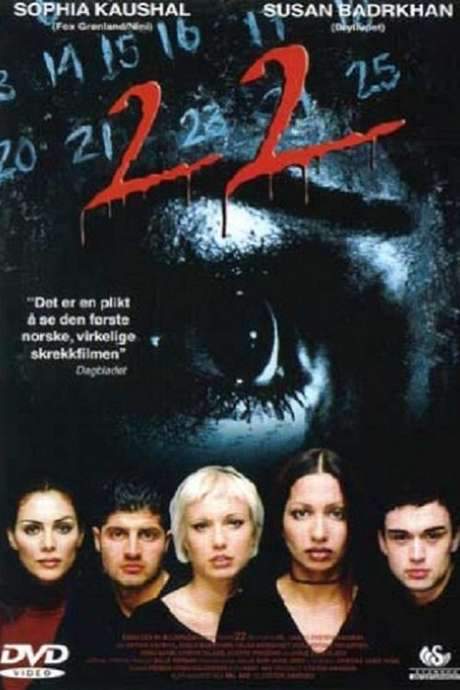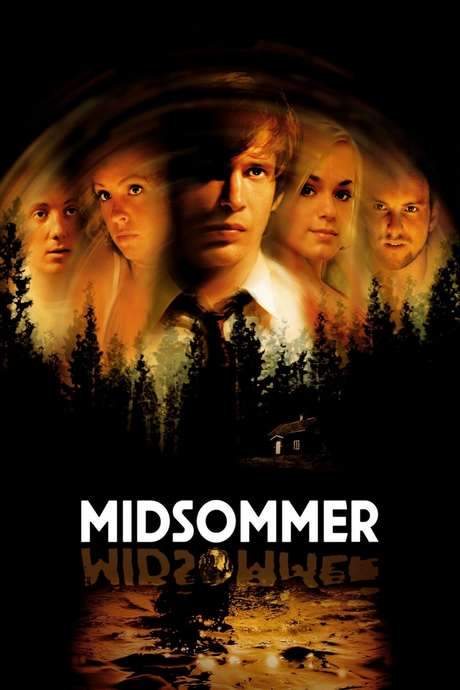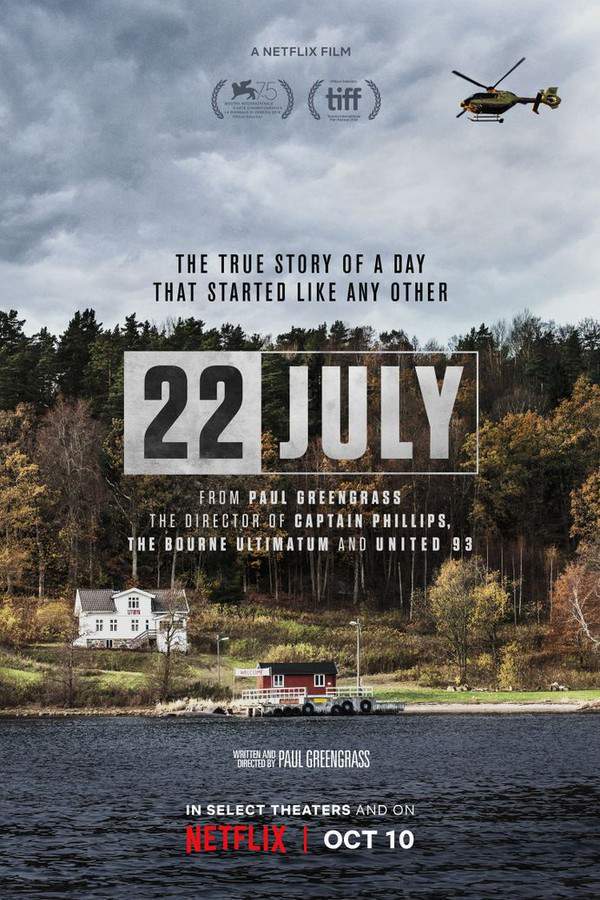
22 July
During a peaceful summer at a Norwegian youth camp, a horrific act of terror abruptly ends the innocence, resulting in the tragic loss of 77 lives. This gripping drama, based on actual events, explores the profound impact of extremism and the devastating consequences of Norway's deadliest attack, focusing on the human toll and the long road to recovery.
Warning: spoilers below!
Haven’t seen 22 July yet? This summary contains major spoilers. Bookmark the page, watch the movie, and come back for the full breakdown. If you're ready, scroll on and relive the story!
22 July (2018) – Full Plot Summary & Ending Explained
Read the complete plot breakdown of 22 July (2018), including all key story events, major twists, and the ending explained in detail. Discover what really happened—and what it all means.
The film opens on July 21, 2011, just a day before the tragic events that would unfold. On that fateful day, Anders Behring Breivik (Anders Danielsen Lie), dressed in a police uniform, fills a van with homemade explosives and drives to Regjeringskvartalet, the executive government quarter situated in Oslo, Norway. He parks the van outside the office of Prime Minister Jens Stoltenberg (Ola G. Furuseth), and, moments later, the vehicle detonates, resulting in a devastating blast that leaves numerous casualties in its wake.
Meanwhile, on the island of Utøya in Tyrifjorden, Buskerud, a group of teenagers gathers for a summer camp organized by the Workers’ Youth League (AUF), affiliated with the ruling Labour Party. As the news of the bombing reaches the camp, all festivities come to an abrupt halt. Among the campers, Viljar Hanssen (Jonas Strand Gravli) anxiously calls his parents to ensure their safety.
Breivik arrives at the ferry landing claiming to be a police officer dispatched to secure the island following the initial attack. He is transported to Utøya by the camp director, after which he orders the staff to corral the children in one area. When challenged for identification by the head of security, Breivik responds with violence, fatally shooting him and the director. Chaos erupts as the terrified children attempt to flee while Breivik fires indiscriminately, resulting in the tragic loss of dozens of lives.
As destruction reigns, Viljar and his brother, Torje Hanssen (Isak Bakli Aglen), take cover on a rocky beach alongside other students. Viljar manages to contact his mother, revealing the harrowing situation as the shooting unfolds. Breivik discovers their hiding spot and opens fire, leaving Viljar severely injured while Torje miraculously escapes unharmed. Subsequently, Breivik surrenders to police tactical teams and is taken for interrogation.
Viljar endures emergency surgery at the hospital to remove bullet fragments embedded within his brain, as danger looms over his recovery. His parents arrive at the camp, searching for Torje but soon become distraught when they learn that Viljar is missing. The mother, Christin Kristoffersen (Maria Bock), desperately tries to get updates from the hospital until she receives news that Viljar is undergoing critical surgery. Meanwhile, the father, Sveinn Are Hanssen (Thorbjørn Harr), grapples with the tragic knowledge that Viljar’s best friends, Simon and Anders, have not survived the massacre.
During the subsequent interrogation, Breivik presents himself as the pro-Nazi leader of a white nationalist group called the Knight’s Templar, threatening future attacks on command. He seeks legal representation from Geir Lippestad (Jon Øigarden), who faces an ethical dilemma in defending a client whose actions have caused immense sorrow. Lippestad contemplates an insanity defense, despite the backlash it garners, which could lead to Breivik’s institutionalization rather than imprisonment. With expertise from several psychiatrists, Breivik is possibly diagnosed with paranoid schizophrenia. He expresses a desire to be deemed competent, wishing to validate his actions and face trial. Ultimately, it is revealed during the trial that Breivik took the lives of 77 individuals—8 in the initial Oslo bombing and 69 on Utøya.
After waking from a coma with life-altering injuries, Viljar discovers the impossibility of removing all bullet fragments from his brain, as some have settled perilously close to the brain stem. This reality leaves him burdened with uncertainty about his health and future. Furthermore, he loses sight in one eye and, upon returning home with his family, embarks on the arduous journey of rehabilitation. Though his mother endlessly supports him, the haunting memories of the massacre continue to plague him.
In a courageous act, along with another survivor named Lara Rachid (Seda Witt), Viljar testifies in court, recounting the horrifying details of the attack, including the heartbreaking losses of his best friends. Eventually, Breivik is convicted of murder and terrorism, receiving a life sentence in solitary confinement at Skien Prison, with the possibility of parole in 21 years—a chance that may ultimately result in him serving a life term behind bars. Intriguingly, despite his sentence, Breivik maintains a disturbing sense of pride.
As time passes, Viljar turns his focus toward his education, aspiring to become a lawyer and pursue a career in politics, while Lippestad remains a dedicated practitioner of law in Oslo. Jens Stoltenberg continues in his role as Prime Minister until 2013, after which he ascends to the position of Secretary General of NATO.
Last Updated: November 08, 2024 at 01:07
Ending Explained – What Happens at the End of 22 July?
Still wondering what the ending of 22 July (2018) really means? Here’s a spoiler-heavy breakdown of the final scene, major twists, and the deeper themes that shape the film’s conclusion.
In the final moments of 22 July, the film draws a powerful contrast between the fates of the perpetrator, Breivik, and the survivors. After the attack, Breivik is shown being taken to his solitary prison cell, which looks more like a small, everyday room than a traditional prison cell, reflecting Norway’s rehabilitative approach. The film emphasizes that Breivik’s story—marked by hatred and violence—has come to a definitive end with his sentencing of 21 years, which is the maximum term under Norwegian law for his crimes, though he could stay imprisoned potentially for the rest of his life if deemed dangerous. Meanwhile, Viljar, one of the survivors, is shown back in his hometown, gazing out at the horizon from his window, symbolizing hope, resilience, and the continuation of life. His emotional speech during the trial—where he states that he chooses to live because he still has love, family, and dreams—resonates as a message of survival and perseverance in the face of tragedy. The film ends on this note of hope, implying that while Breivik’s dark legacy attempts to cast a shadow, the human spirit can endure and move forward. The final imagery underscores that the victims and survivors are still here, striving for a future where love and hope prevail over hatred and destruction. This ending leaves viewers with a poignant reflection on resilience, rebuilding, and the importance of choosing life amidst tragedy.
Last Updated: June 25, 2025 at 08:44
Explore Movie Threads
Discover curated groups of movies connected by mood, themes, and story style. Browse collections built around emotion, atmosphere, and narrative focus to easily find films that match what you feel like watching right now.
True stories of trauma and survival like 22 July
Gripping dramatizations of real-life tragedies and the human will to endure.For viewers seeking movies like 22 July, this section features gripping dramatizations of real-life tragedies. These films share a focus on the harrowing experience of survival, the long road to recovery, and the profound impact of historical events on individuals and society.
Narrative Summary
These narratives typically begin with a peaceful normalcy that is shattered by a sudden, real-world calamity. The story then follows multiple perspectives—survivors, first responders, and sometimes the perpetrators—through the initial shock, the physical and psychological aftermath, and the pursuit of justice or meaning amidst tragedy.
Why These Movies?
Movies are grouped here for their commitment to factual storytelling, their heavy emotional weight centered on trauma and resilience, and their unflinching look at the human cost of real-world violence and disaster.
Tense procedural aftermath dramas like 22 July
Stories where a single violent act triggers a complex investigation and legal reckoning.If you liked the second half of 22 July focusing on the legal defense and trial, explore these movies. They detail the high-stakes, methodical processes of investigation and courtroom drama that follow catastrophic events, maintaining tension through systemic conflict.
Narrative Summary
The narrative structure is often bifurcated: a fast-paced, high-intensity depiction of the inciting event is followed by a more deliberate, yet equally tense, exploration of its consequences. This includes police investigations, courtroom battles, and the psychological toll on those seeking justice, creating a gripping blend of chaos and order.
Why These Movies?
These films are united by their dual narrative structure, combining visceral action with methodical procedure. They share a high-tension mood, a dark tone, and a focus on the complex, often frustrating, machinations of justice and institutional response.
Unlock the Full Story of 22 July
Don't stop at just watching — explore 22 July in full detail. From the complete plot summary and scene-by-scene timeline to character breakdowns, thematic analysis, and a deep dive into the ending — every page helps you truly understand what 22 July is all about. Plus, discover what's next after the movie.
22 July Timeline
Track the full timeline of 22 July with every major event arranged chronologically. Perfect for decoding non-linear storytelling, flashbacks, or parallel narratives with a clear scene-by-scene breakdown.

Characters, Settings & Themes in 22 July
Discover the characters, locations, and core themes that shape 22 July. Get insights into symbolic elements, setting significance, and deeper narrative meaning — ideal for thematic analysis and movie breakdowns.

22 July Ending Explained
What really happened at the end of 22 July? This detailed ending explained page breaks down final scenes, hidden clues, and alternate interpretations with expert analysis and viewer theories.

22 July Spoiler-Free Summary
Get a quick, spoiler-free overview of 22 July that covers the main plot points and key details without revealing any major twists or spoilers. Perfect for those who want to know what to expect before diving in.

More About 22 July
Visit What's After the Movie to explore more about 22 July: box office results, cast and crew info, production details, post-credit scenes, and external links — all in one place for movie fans and researchers.

Similar Movies to 22 July
Discover movies like 22 July that share similar genres, themes, and storytelling elements. Whether you’re drawn to the atmosphere, character arcs, or plot structure, these curated recommendations will help you explore more films you’ll love.
Explore More About Movie 22 July
22 July (2018) Scene-by-Scene Movie Timeline
22 July (2018) Movie Characters, Themes & Settings
22 July (2018) Ending Explained & Theories
22 July (2018) Spoiler-Free Summary & Key Flow
Movies Like 22 July – Similar Titles You’ll Enjoy
Oslo, August 31st (2012) Story Summary & Characters
Munich (2005) Full Movie Breakdown
Bloody Angels (2001) Movie Recap & Themes
Midsommar (2019) Ending Explained & Film Insights
The 12th Man (2018) Plot Summary & Ending Explained
Oslo (2021) Detailed Story Recap
Handling the Undead (2024) Spoiler-Packed Plot Recap
September 5 (2024) Full Movie Breakdown
NR. 24 (2025) Spoiler-Packed Plot Recap
Sons of Denmark (2019) Movie Recap & Themes
22 (2000) Full Summary & Key Details
Midsummer (2003) Full Movie Breakdown
Lake of Death (2019) Detailed Story Recap
Death at Oslo Central (1990) Detailed Story Recap
Bloody Angels (1998) Film Overview & Timeline


